Sink Selection Simplified: Finding the Perfect Fit for Your New Kitchen
With the large range of sink options now available in New Zealand, you could be forgiven for feeling a little perplexed when making a choice about which sink will suit your new kitchen.
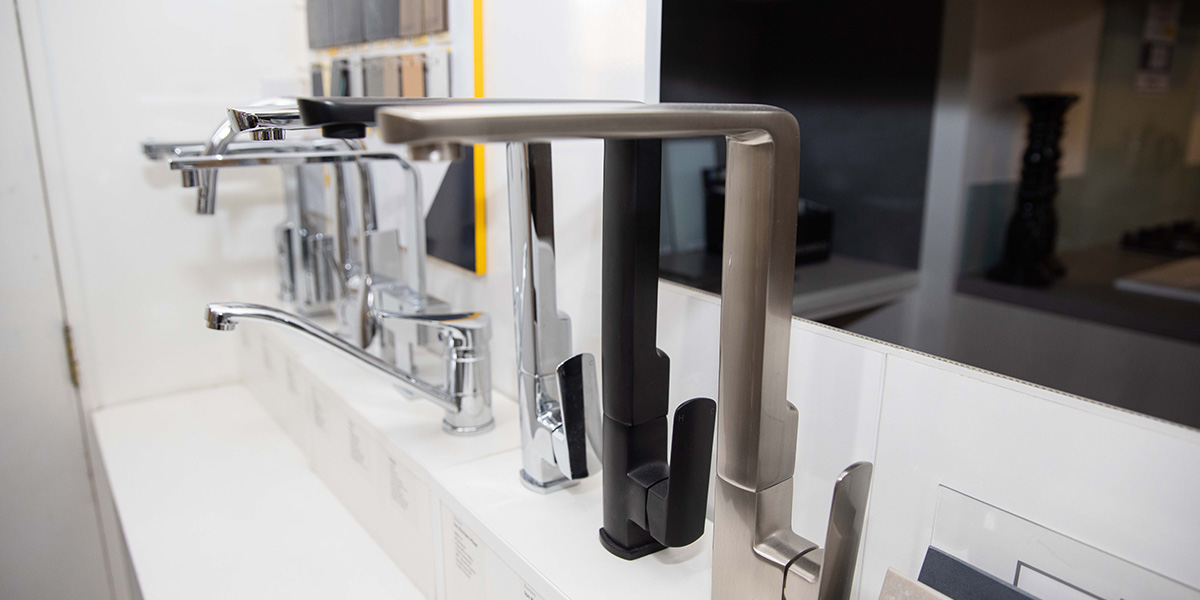
Sinks come in several types of materials
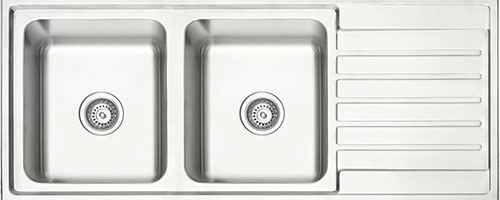
Stainless Steel
By far the most popular and enduring of all the sink options. They come in brushed or polished finishes and offer numerous configurations. Stainless steel sinks are durable and forgiving, with scratches adding to their patina. The quality of the sink is usually defined by the gauge of the steel, with thicker gauges being more hard-wearing and dent-resistant. While cheaper thinner sinks may flex, dent, or puncture easily, it is advisable to invest in a sink with a good strong steel gauge for long-term durability.
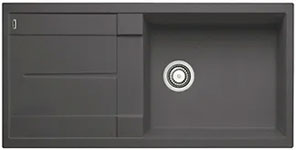
Granite
Robust and durable, these sinks are formed out of a stone slab. They should have a drop in the base of the bowl to prevent water from sitting on the surface. Granite sinks are heavy and require substantial support. Depending on the stone used, they may require regular sealing and can be susceptible to damage from certain food spills over time. Although they provide a visually striking impact, granite sinks tend to be an expensive option.
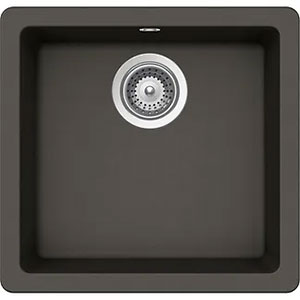
Composite
Made of eco granite or crushed stone in an emulsion/resin, composite sinks are heavy and have a hard, durable surface. They are available in different colors and offer scratch resistance. However, darker colors can accumulate a soap-type scum around the edge, requiring regular cleaning. White composite sinks can also stain with red wine and beetroot if not rinsed immediately. Despite these considerations, composite sinks are popular for their color range and luxurious appearance.
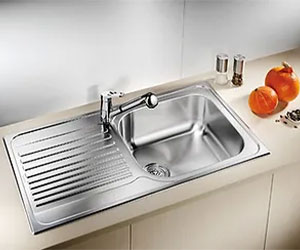
Which Mount is Best? Top Mounted, Under Mounted, or Flush Fit
Top Mounted Sinks: These sinks are dropped in from the top, with the sink sitting on the top of the laminate by the flange around the perimeter. They are best suited for laminate or Formica benchtops, providing a protective edge for the sink and preventing chips caused by heavy pots or trays. However, food and water can get caught in the small ridge around the sink, requiring extra cleaning in that area.
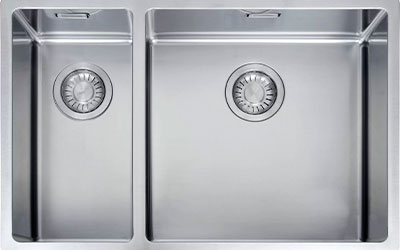
Undermount Sinks: These sinks are attached underneath the countertop and are more suitable for solid surfaces and stone benchtops. They offer a smooth edge to wipe water and food spills into the sink. Undermount sinks are commonly used with stone benchtops, but some people still prefer to top mount their sinks on a solid surface or stone for added edge protection.
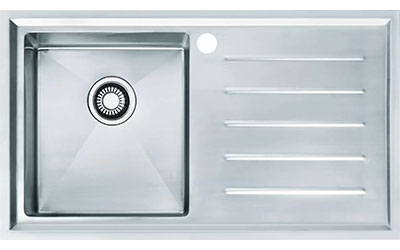
Flush Mounted Sinks: These sinks are flush-fitted into the benchtop, sitting on the same level as the laminate or stone. They provide a smooth appearance and allow for easy sweeping of crumbs and water into the sink. Flush-mounted sinks can be used with solid surface stone or laminate benchtops.
Solid Surface
These sinks are honed out of the same material as the benchtop, offering a seamless look with no ridges or seams. They are durable, and most scratches or chips can be repaired. However, they can crack under high heat or break from the impact of a heavy object. Solid surface sinks are aesthetically pleasing but come at a higher cost due to the more complex fabrication process.
Copper or Bronze
Copper or copper-look sinks, taps, and handles are currently very popular and provide a unique aesthetic. Real copper sinks are individually made of soft metal, but they are being replaced with copper-coloured stainless steel options that offer a more consistent finish and a hard-wearing surface with long warranties.
Additional Considerations When Choosing a Sink
Beyond materials, mounting, and the size and shape of the bowls and drainer tray required, here are some additional points to ponder when choosing a kitchen sink.
Sink Sizing
The size of your kitchen usually dictates the size of the sink you should install. Small galley kitchens may not have the room for a large sink, and general guidelines suggest single-bowl sinks for small kitchens and double bowls for larger kitchens. Remember, the bigger the bowls, the more counter space is sacrificed.
Larger sinks may require custom cabinetry to fit and support them. Make sure the sink you want will fit in the base cabinet that will support it.
Plan Your Type of Tap Before You Choose Your Sink
Ensure your tap can fit either in the sink material surround or if there is room behind the sink to place it.
If you are having a water filter, this will also affect the type of sink you purchase and the configuration of the trays and sink material. For example, if taps need to be drilled out of stone tops and solid sinks, this may be an added cost you were not expecting.
How Your Sink Will Be Used
Think about how you’ll use the sink on a daily basis to determine the best configuration for you. If you hand wash a lot of dishes, you may want a double bowl sink—one for washing and the other for rinsing/draining.
However, if you primarily use the dishwasher and only wash large pots and baking trays, you may prefer a large single bowl or a more standard-sized 1 1/4 bowl configuration.
Deeper Bowls: Advantages and Disadvantages
Deep bowls allow for easier filling and cleaning of deep pots and other large items. Having to bend slightly to reach the bottom of the bowl can be an annoyance, depending on how much time you spend at the sink. It’s a minor issue, but something to consider if you do a lot of dishwashing.
Larger bowls require more water, including hot water, and the heat evaporates more quickly. Therefore, larger bowls can turn out to be more costly in terms of power consumption over the long term.
Choose a Material That Will Stand Up to Your Lifestyle
Some sink materials are tougher than others. Consider whether your sink will undergo heavy daily use in a family environment or light use from a retired couple.
Do you use heavy cookware that could more easily chip a stone sink? If your sink will endure heavy use, stainless steel is likely your best choice.
Square-corner and zero-radius sinks may look modern, but they’re harder to clean in the corners compared to sinks with a more generous corner radius. It’s easier to swipe-clean rounded corners than it is to reach tight corners.
Don’t Place a Sink Near a Benchtop Join
Water splash and detergent sitting on a joint can damage it. Keep the sink away from the corners of your kitchen. Consider the placement of your sink if it’s in a breakfast bar area. Excessive water splash can be annoying to people sitting around, so it’s worth considering locating your sink at one end or the other.
If Mounting Your Sink Under a Window
Remember that the tap must fit as well, and if the window is low, it may affect the tap fitting or there may not be enough clearance to seal the benchtop properly.
Remember, if your benchtop is stone or composite stone, there will be certain safety margins for the stone surrounding the sink to prevent cracking. Choosing a sink that is too deep or large may void the stone benchtop’s warranty.
Use an Experienced, Knowledgeable Kitchen Designer
Consult with an experienced and knowledgeable kitchen designer who can recommend and guide you in your sink choices to avoid unexpected problems during your kitchen installation.
For more information and examples of our favourite sinks, you can visit:
Stainless steel sinks: https://archant.co.nz/shop/sinks.html
Granite sinks: https://www.hafele.co.nz/en/products/kitchen-solutions/sinks-taps/20/
Solid surface sinks: https://www.pacificstone.co.nz
Copper or bronze sinks: https://www.acero.co.nz/products/sinks-and-accessories?range=mercer-aurora-series



